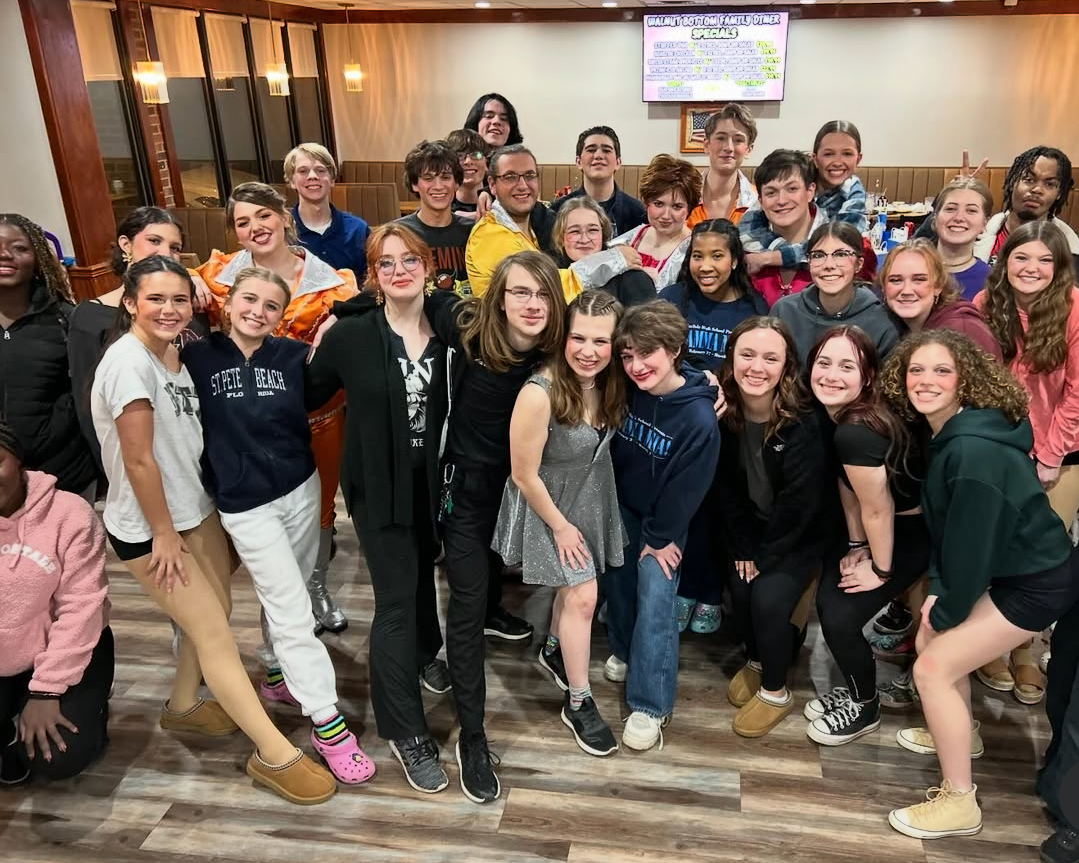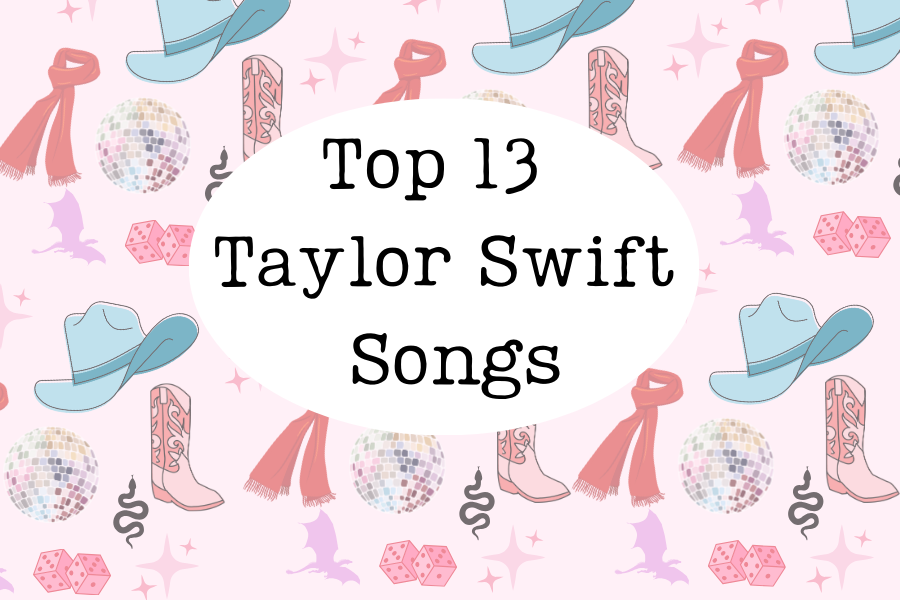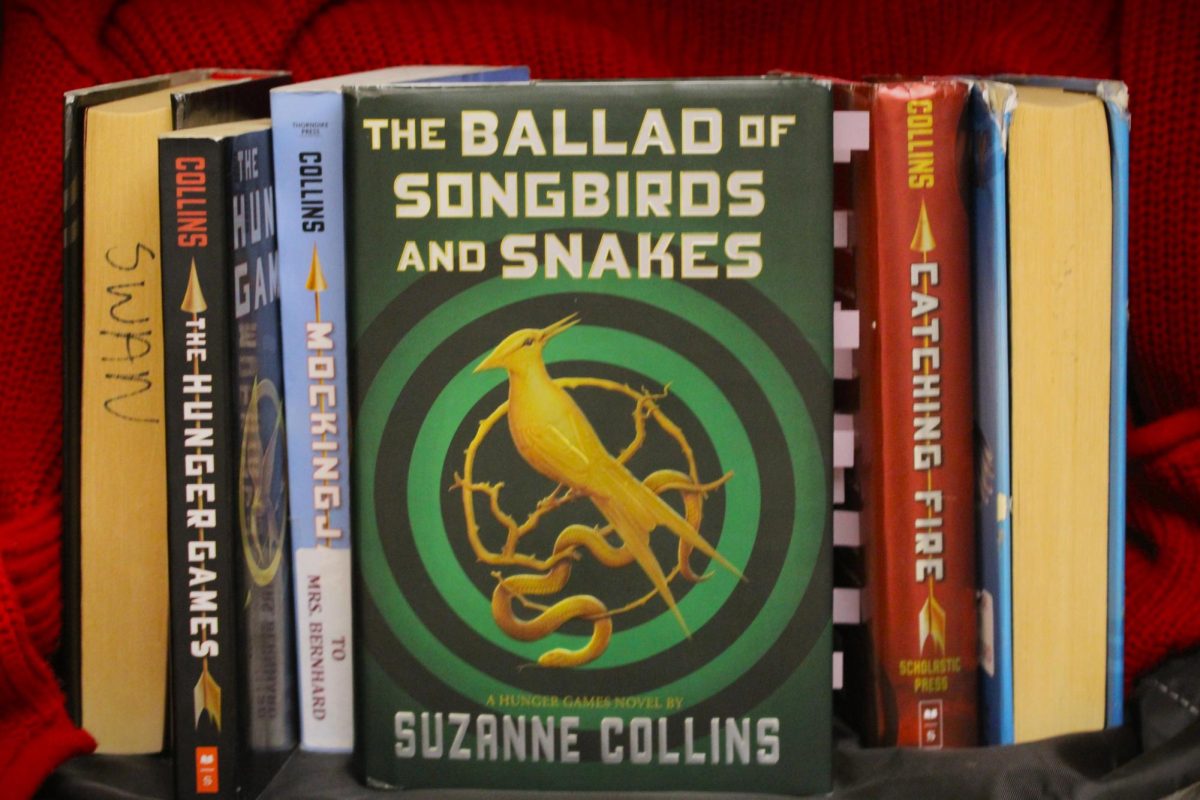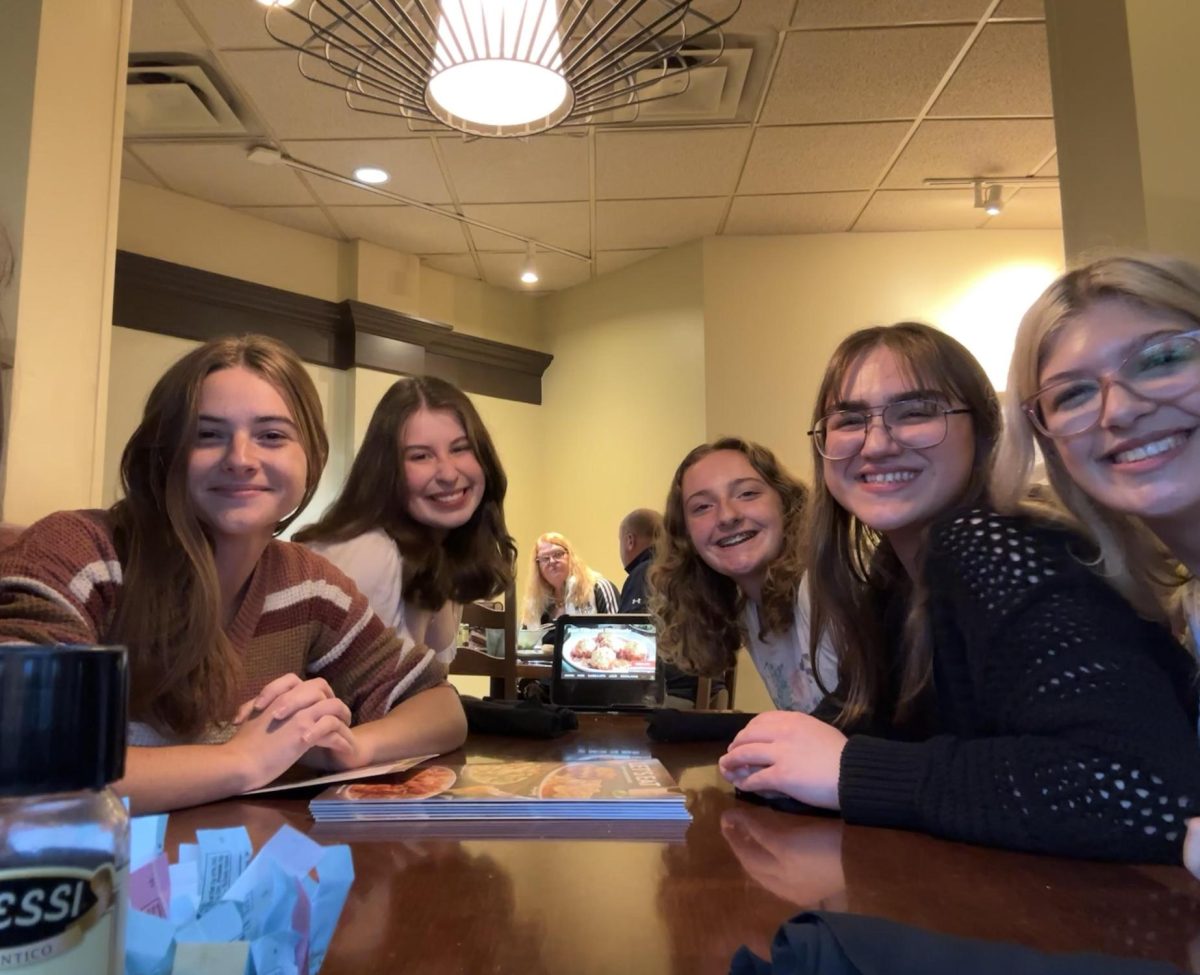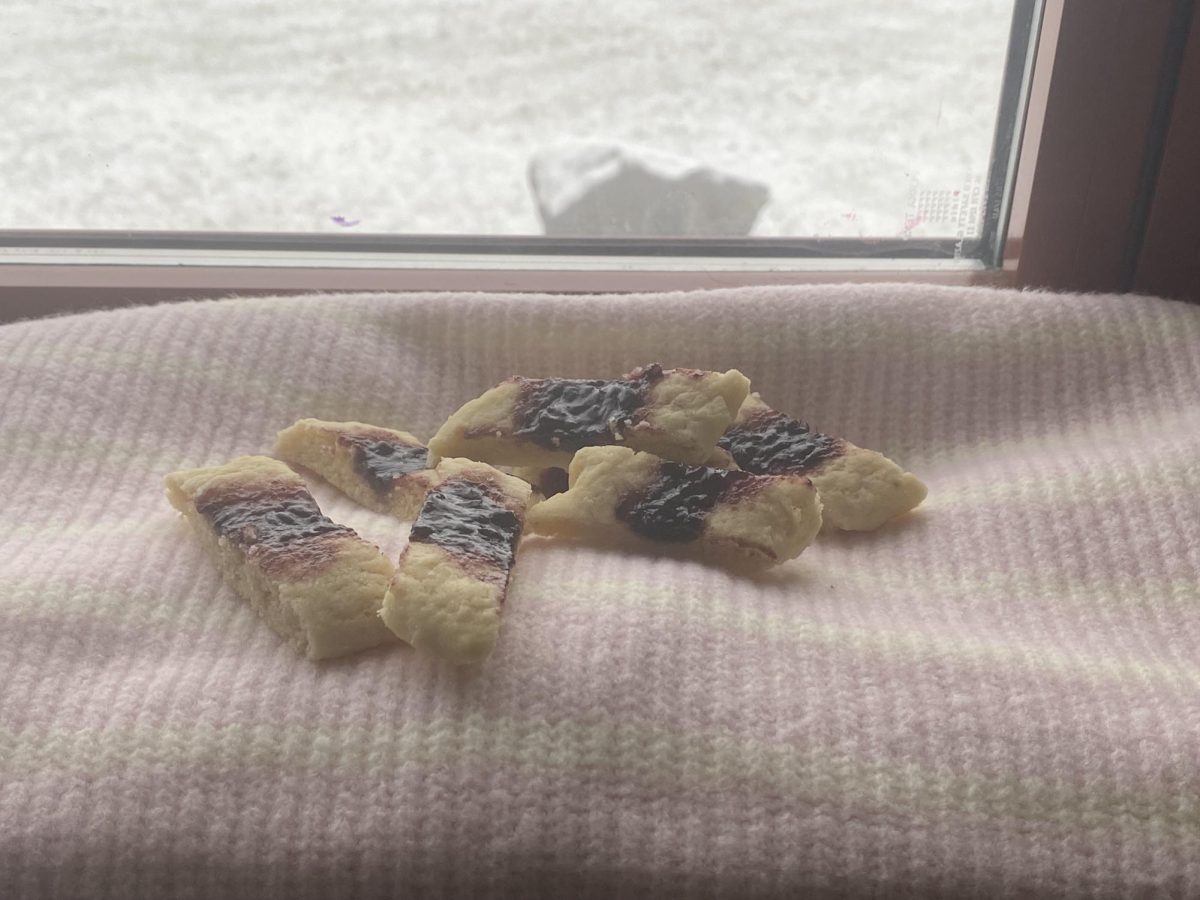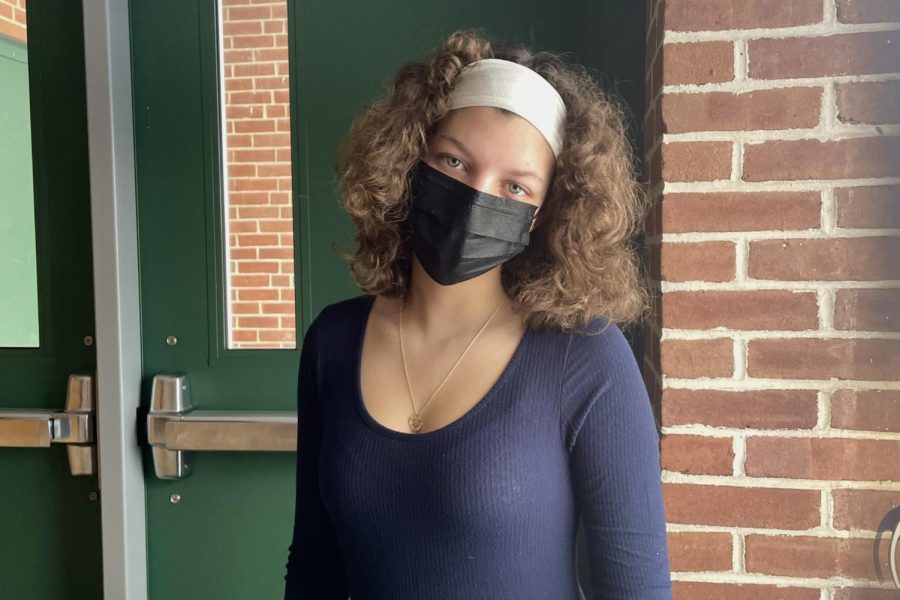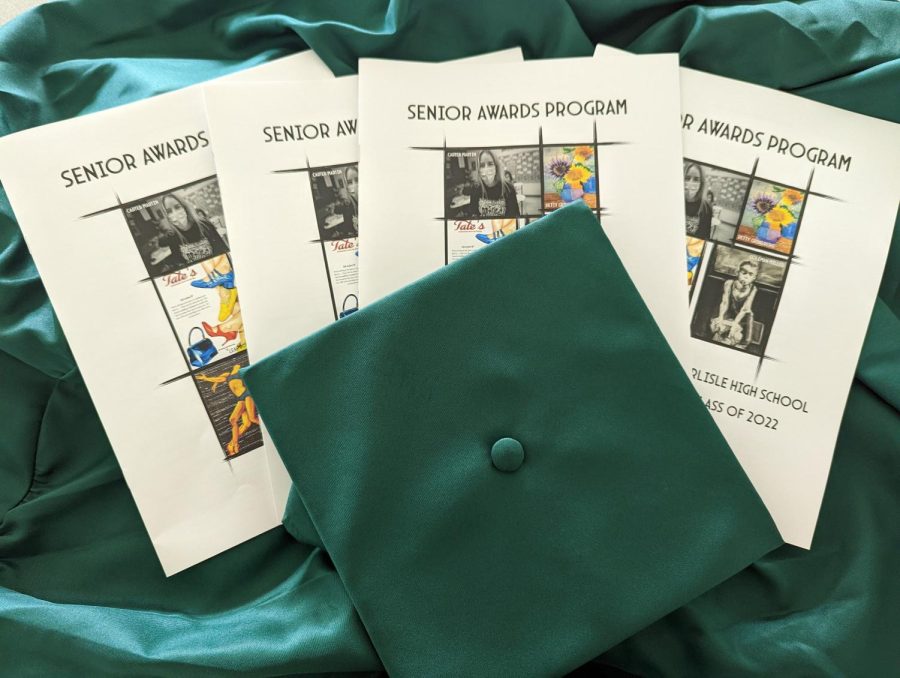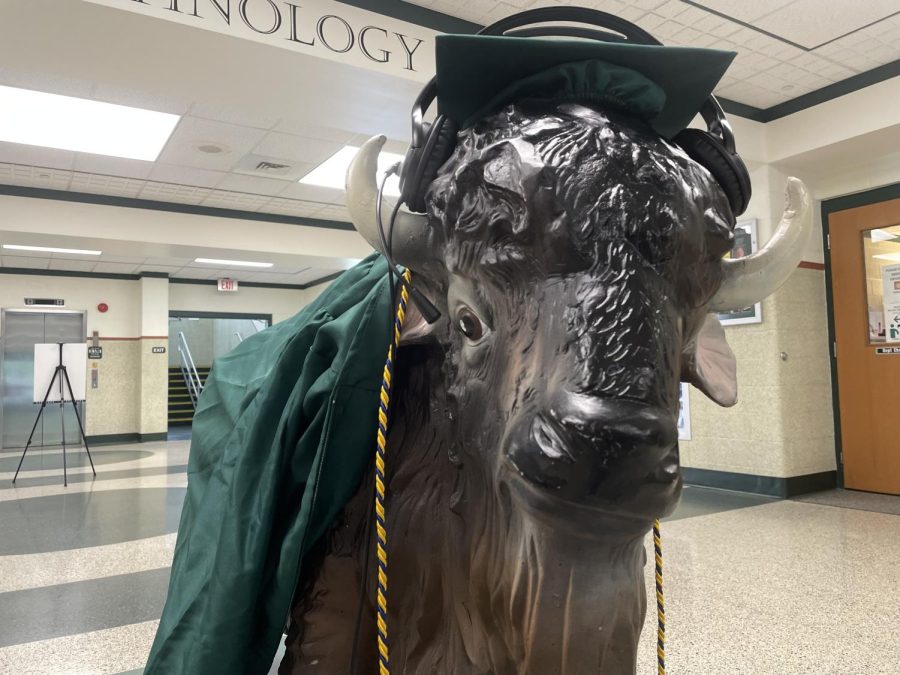Unsurprisingly, with the aggressive urbanization around us, public transport has fallen out of favor for cars. In towns like Carlisle, cars and trucks are accommodated and supported as they drive through the town center. While Carlisle is home to Dickinson College, it lacks a thorough and effective public transportation system. Carlisle does have a Rabbit transit bus, but unfortunately, the fares for the general public range from 16-40 dollars, and they have to call and schedule when the bus will come. Unlike Carlisle, Shippensburg caters less to cars and instead has two bus lines with numerous stops and departure times with connecting drop-offs and a bike-share program. Unfortunately, though, Shippensburg’s public transport options are underused. Shippensburg’s commendable system should be employed by college students more frequently as it can save money, the environment, and their health.
College students have to pay anywhere from $28,482 to $34,890 in tuition, and whether they are commuters or would rather just drive instead of walk, costs can add up, especially with rising costs in car maintenance and gas. “Riders can save more than $13,000 per year by using public transit instead of driving, according to the latest information on public transit fares, auto costs, and gasoline prices.” reports the American Public Transport Association (APTA) in “Transit Savings Grow as Auto Costs and Gas Prices Increase.” On top of car maintenance and gas, students need a parking pass to have their car on campus at Shippensburg. For the year, a pass is $75; to replace it, it is another $10. However, if they commit any parking violations, like parking in the wrong lot, they can expect a $10-50 fine.
Nevertheless, Shippensburg has a solution to the egregious costs of cars- free public transport. With a valid Shippensburg ID, students can use the bikeshare program on campus or “Raider Regional Transit”- the Shippensburg bus line. Although the bike-share program is small compared to its sister programs in bigger cities, it is still a good option for those who want to enjoy the weather or get active. Nevertheless, Raider Regional Transit is an excellent alternative for students not inclined to pedal to their locations. Currently, the bus runs two lines to 19 locations in Shippensburg, with a transfer stop to Harrisburg. Each stop has 11 different departure times from each location from Monday to Friday, while Saturday’s line has 6. With 105-209 different opportunities, it is hard to argue it is the “inconvenience” and “unavailability” that many opposers claim.
Besides repairing the holes burned into their pocket, public transport helps the environment. By reducing the number of cars on the road, we can reduce the impact of emissions, runoff, and construction on the environment. In “Greenhouse Gas Emissions from a Typical Passenger Vehicle,” the United States Environmental Protection Agency breaks down the emissions of the average passenger vehicle. “[assuming] the average gasoline vehicle on the road today has a fuel economy of about 22.2 miles per gallon and drives around 11,500 miles per year. Every gallon of gasoline burned creates about 8,887 grams of CO2…[emitting] about 4.6 metric tons of CO2 per year.” Think about how many cars they see in the parking lot before class or how many they pass on their way in. Currently, as of writing this, Shippensburg has an Air Quality Index (AQI) of 50 with the label “good,” and Carlisle has an AQI of 63 labeled “moderate,” both locations PM2.5 as their primary pollutant per IQAir. PM2.5 refers to the size of the particle matter of pollutants like Ozone (O3) and Nitrogen dioxide (NO2). As the EPA explains, “ PM2.5 describes fine inhalable particles, with diameters that are generally 2.5 micrometers and smaller.” Currently, both Shippensburg and Carlisle have over the World Health Organization’s (WHO) recommended PM2.5 level of 5µg/m³ (Five cubic meters of air contains five micrograms (30-50 grams) of pollutant), with Shippensburg having a concentration of 12µg/m³ and Carlisle having a concentration of 18µg/m³. While these pollutants aren’t entirely motorized vehicles’ fault, they play a significant role.
Besides reducing emissions, fewer cars means less road runoff poisoning the environment. In “The Impact of Stormwater” by Stormwater Shepards, they describe what road runoff is. “The most common chemicals that could leak from the vehicle include motor oil, transmission fluid, coolant, gear oil, and power-steering fluid…Similar to exhaust emissions, these chemicals become part of road runoff as they are washed away from the road surface by rainwater.” Much like how these chemicals are unfit for human consumption, they are unsuitable for plants and wildlife that live in high runoff areas. Stormwater Shepherds explains how road run-off pollutes waterways, “Contaminated sediments can alter the chemical balance of aquatic ecosystems, making the water column inhospitable or toxic for aquatic organisms. A continuous build-up of heavy metals in sediments can also lead to groundwater contamination, which can endanger the drinking water source of nearby communities.” By reducing the dependence on cars, we can reduce the number of roads needed, reduce the amount of runoff into local ecosystems, and improve the health of humans and wildlife.
Ultimately, public transit is helpful for their and their community’s health. As previously mentioned, car usage causes a lot of air pollution, which can cause serious health problems within a community. In the article “Air Pollution and Your Health,” the National Institute of Environmental Health Science (NIEHS) credits the high mortality rate with air pollution. “It is a major threat to global health and prosperity. Air pollution, in all forms, is responsible for more than 6.5 million deaths each year globally, a number that has increased over the past two decades.” By breathing in both artificial and natural hazardous chemicals, they are exposing themselves to cancer, cardiovascular diseases, and respiratory diseases like asthma. The claim of air pollution is “not a big deal” is false and dangerous. As commented by NIEHS, “Air pollution affects everyone’s health, but certain groups may be harmed more. Almost 9 out of 10 people who live in urban areas worldwide are affected by air pollution.” many people suffer the effects of air pollution, causing a decline in community strength. Besides improving physical health that comes with improved air quality, mental health is influenced. By going outside and being active, they are creating stimulation for themselves. Whether it is riding a bike, taking the bus, or just walking around with friends, they are getting both their mind and body moving. In UC Davis’s article “3 ways getting outside into nature helps improve your health”, “Nature can help decrease your anxiety levels and lessen stress and feelings of anger. Exercise can also help this, but it is even better outside. Regular access to green spaces has been linked to lower risks of depression and improved concentration and attention. Being outside allows us to be social and come together with family, friends, or even people they do not know who are also looking for a great hiking trail, for example.” By improving air quality, they improve the quality of life in your community and your life.”
In conclusion, public transport is integral to living well. Reducing how much they spend on transportation reduces the stress of deciding whether to buy gas or food. Moreover, by lowering cars, they reduce the hazardous chemicals that come with them, improving the environment and community in which they live. All this is integral to a college student; with the stress of classes and living alone, finding out how to pay for gas or worrying about developing asthma should not be on their plate. Public transport should be kept from being washed away, considering its benefits compared to cars. So before they jump in their car on a trip to Aldi’s, check the bus schedule; they might find that in 2 minutes, a bus will be 3 feet away to pick them up.
Disclaimer: Articles designated as “Editorial” represent the views and opinions of the author, not the 2023-2024 Periscope staff, CHS/CASD administration, or the CHS student body.



